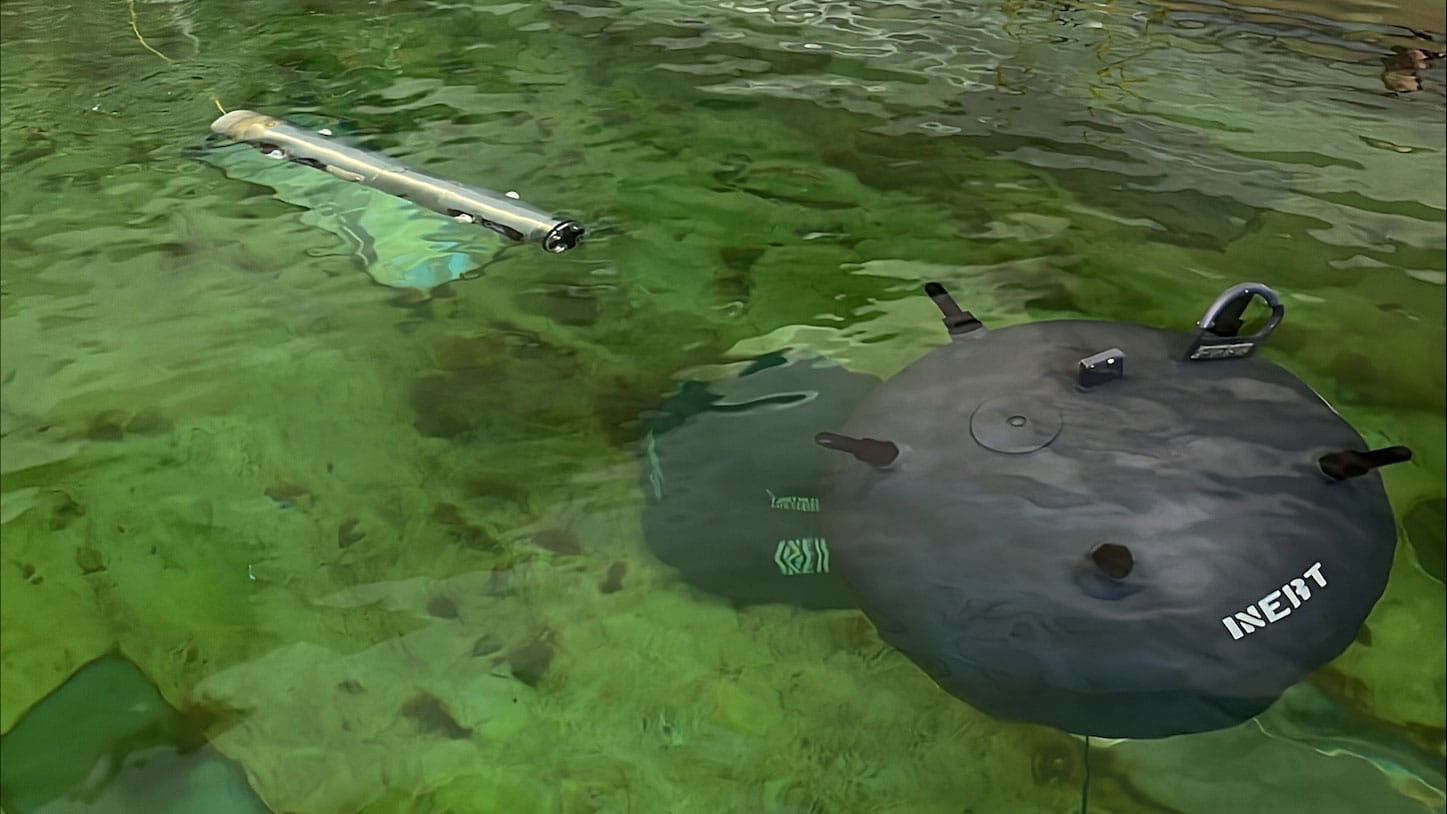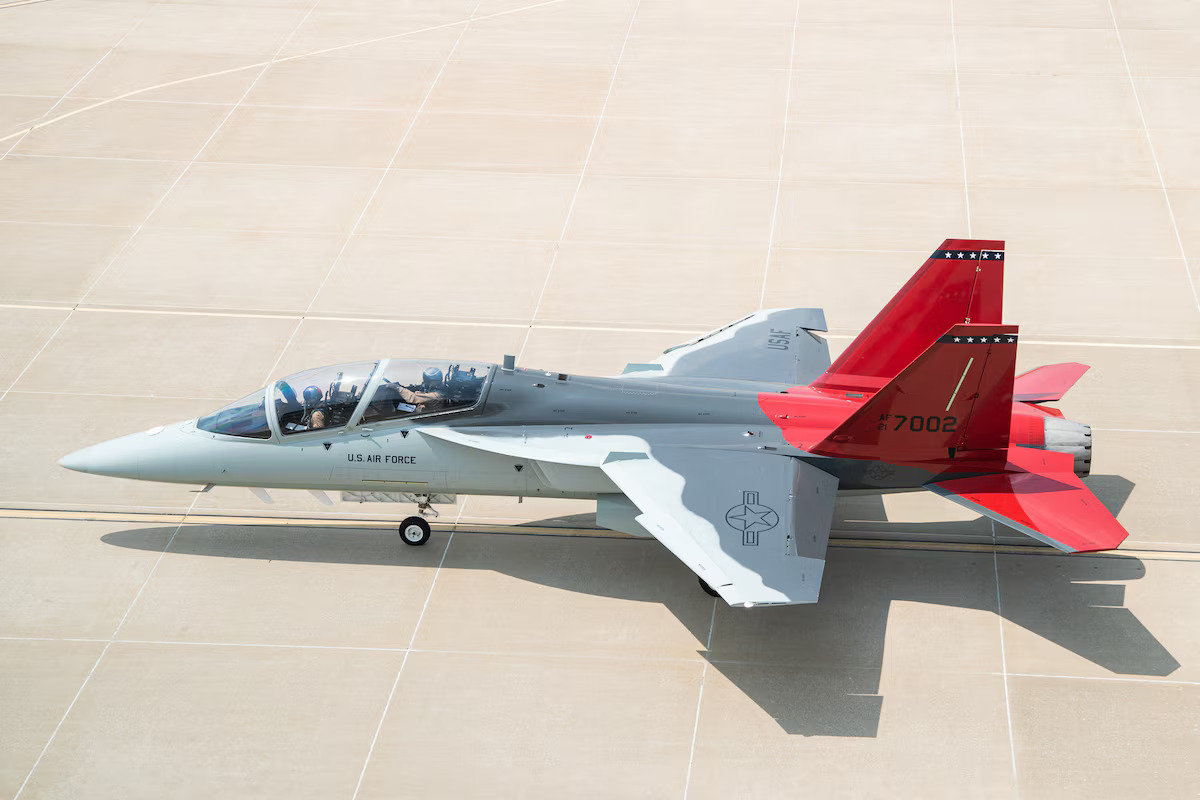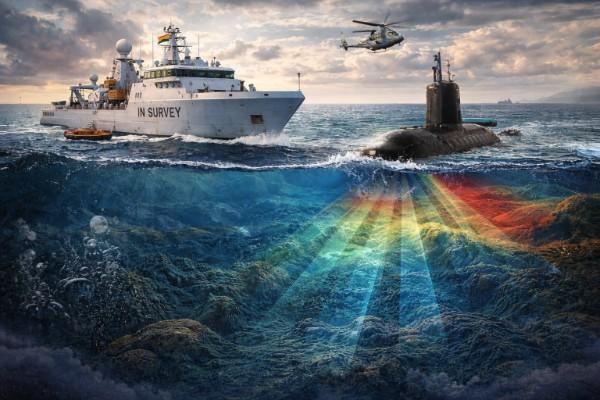Raytheon’s Barracuda mine neutralizer has completed its first semi-autonomous, untethered underwater demonstration, marking a critical step forward in the U.S. Navy’s next-generation mine countermeasure capabilities.
The test, held in Narragansett Bay, showcased the Barracuda’s ability to autonomously navigate, detect, identify, and communicate underwater, all while operating without a tether. The demonstration confirms the program’s growing technical maturity as it moves closer to initial operational capability (IOC) and low-rate initial production, which is targeted for 2030.
“This recent testing demonstrates the significant strides we’ve made in advancing mine countermeasure technology,” said Barbara Borgonovi, President of Naval Power at Raytheon. “Barracuda’s capabilities will dramatically improve safety and efficiency for the U.S. Navy, keeping sailors out of harm’s way while effectively addressing underwater threats.”
Table of Contents
ToggleAdvancing Naval Autonomy in Mine Warfare
Barracuda is the U.S. Navy’s newest program of record for mine neutralization and is notable for being the first untethered, semi-autonomous system of its kind. It can track, identify, and classify mines in bottom, volume, and near-surface environments. Final detonation or neutralization is carried out with man-in-the-loop decision-making, ensuring operational control remains with human operators.
The program originated in Raytheon’s Advanced Technology segment, a division responsible for transitioning novel capabilities into field-ready platforms. Technologies from this group have also supported major defense programs including LTAMDS and SPY-6 radar systems.
Future Variants in Development
Looking beyond its current mission set, Raytheon is also investing in the development of a larger, more advanced Barracuda variant to support evolving mission areas such as subsea and seabed warfare. These efforts align with broader U.S. Navy priorities around distributed maritime operations and autonomous undersea capabilities.
The semi-autonomous Barracuda mine neutralizer will not only reduce risks to personnel but also accelerate underwater threat response times, offering greater flexibility in contested maritime environments.
As mine warfare evolves in complexity and scope, platforms like Barracuda are expected to play a critical role in safeguarding maritime freedom of navigation.
Javeria Sajid is an Aerospace Engineering student from NUST with a background in technology and a sharp focus on the global political landscape and defence innovation. She writes to make complex defence technologies understandable, and aspires to bridge journalism, policy, and engineering in her work.














